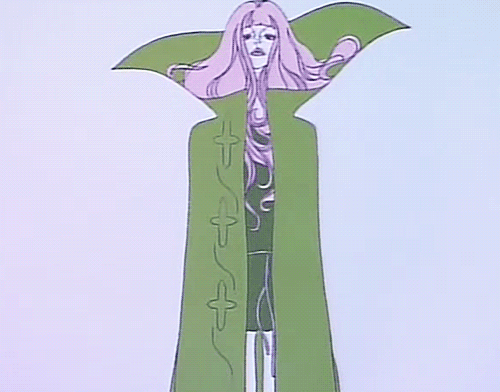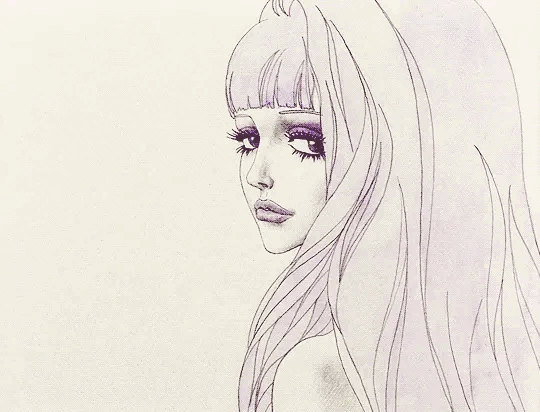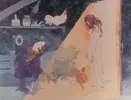

History of the Film
"Belladonna of Sadness" was relased in 1973 by Mushi Production. It was released as part of the Animerama trilogy which featured the other films "A Thousand and One Nights" (1969) and "Cleopatra" (1970).
The release of the film caused the studio to go completely bankrupt. It had screening in Japan, a few European countries, and there were some one-off screenings in America.
The film was inspired by the book "La Sorcière" by Jules Michelet from 1862. The book was about the lives and trails of witches. The main theme from the book of witchcraft being an act of rebellion for the lower class aganist the Catholic Church can be viewed throughout the film.












